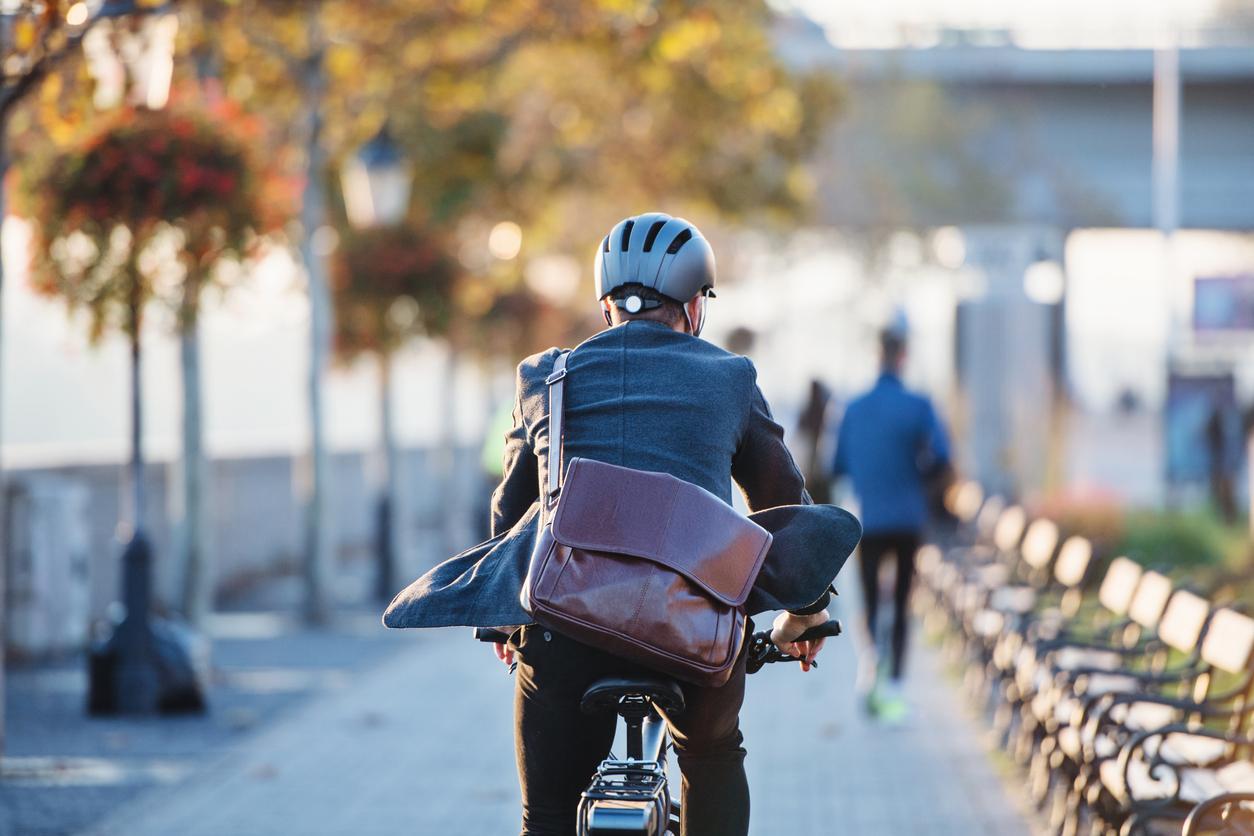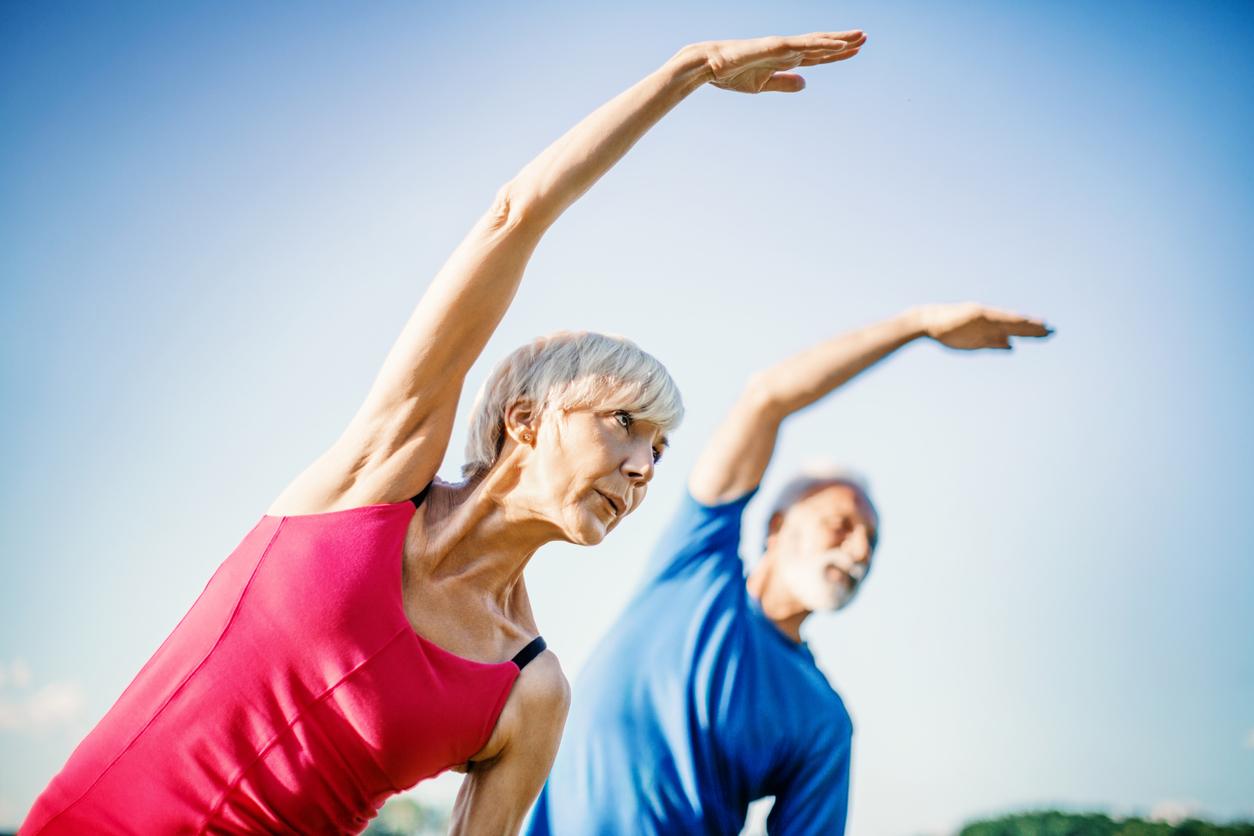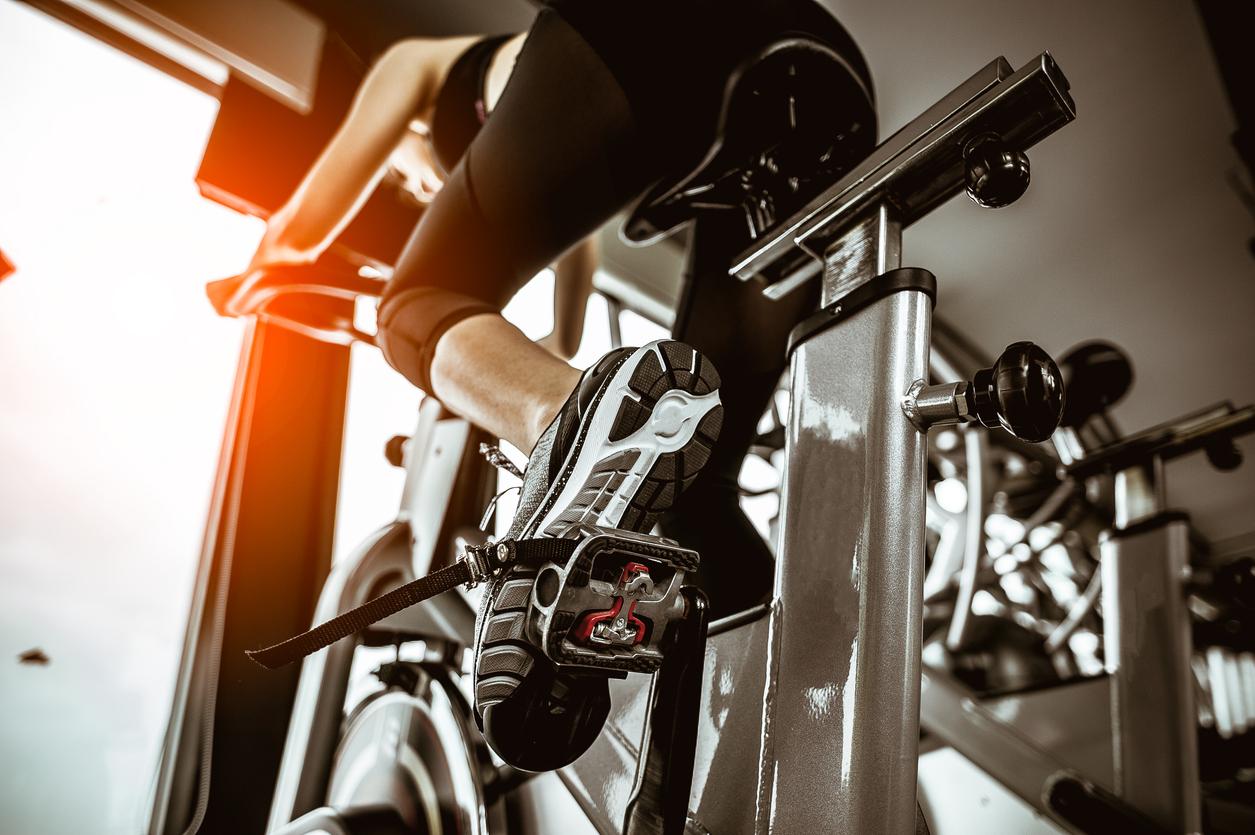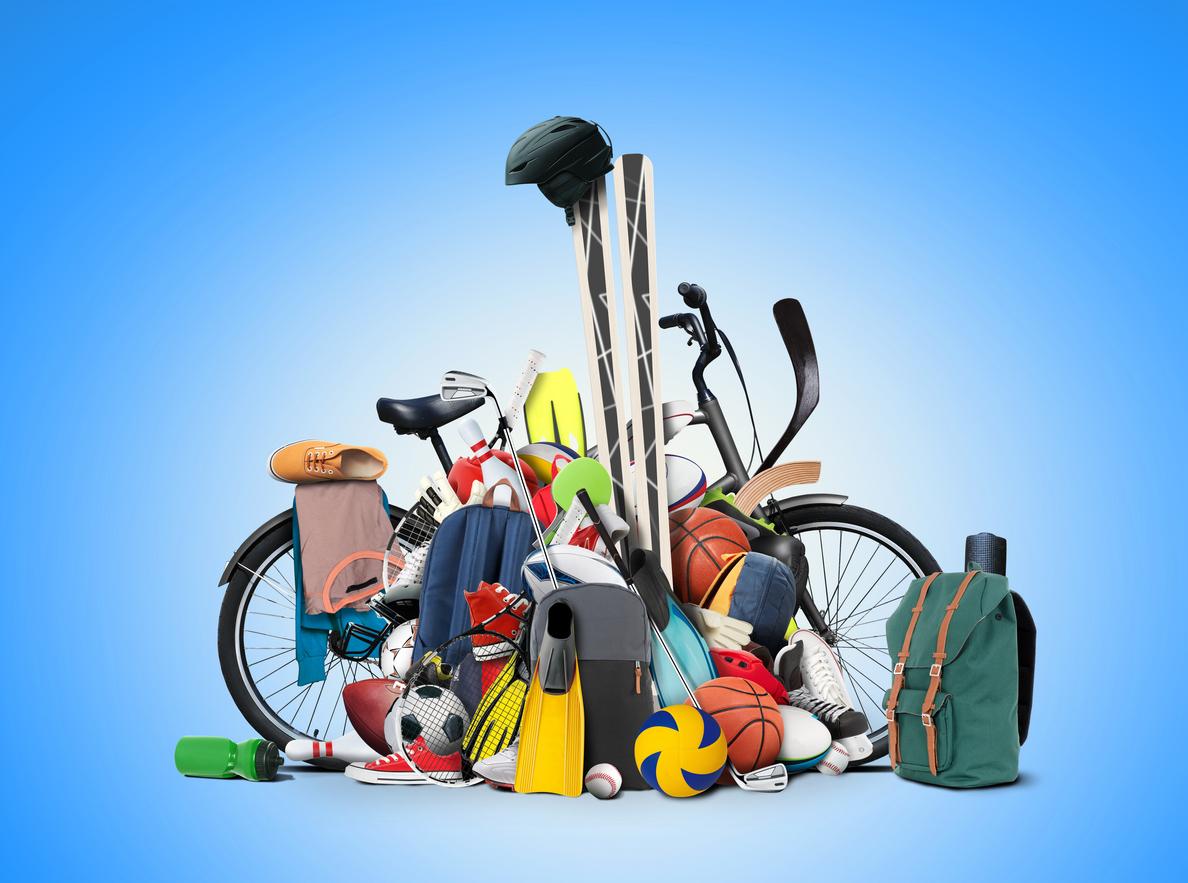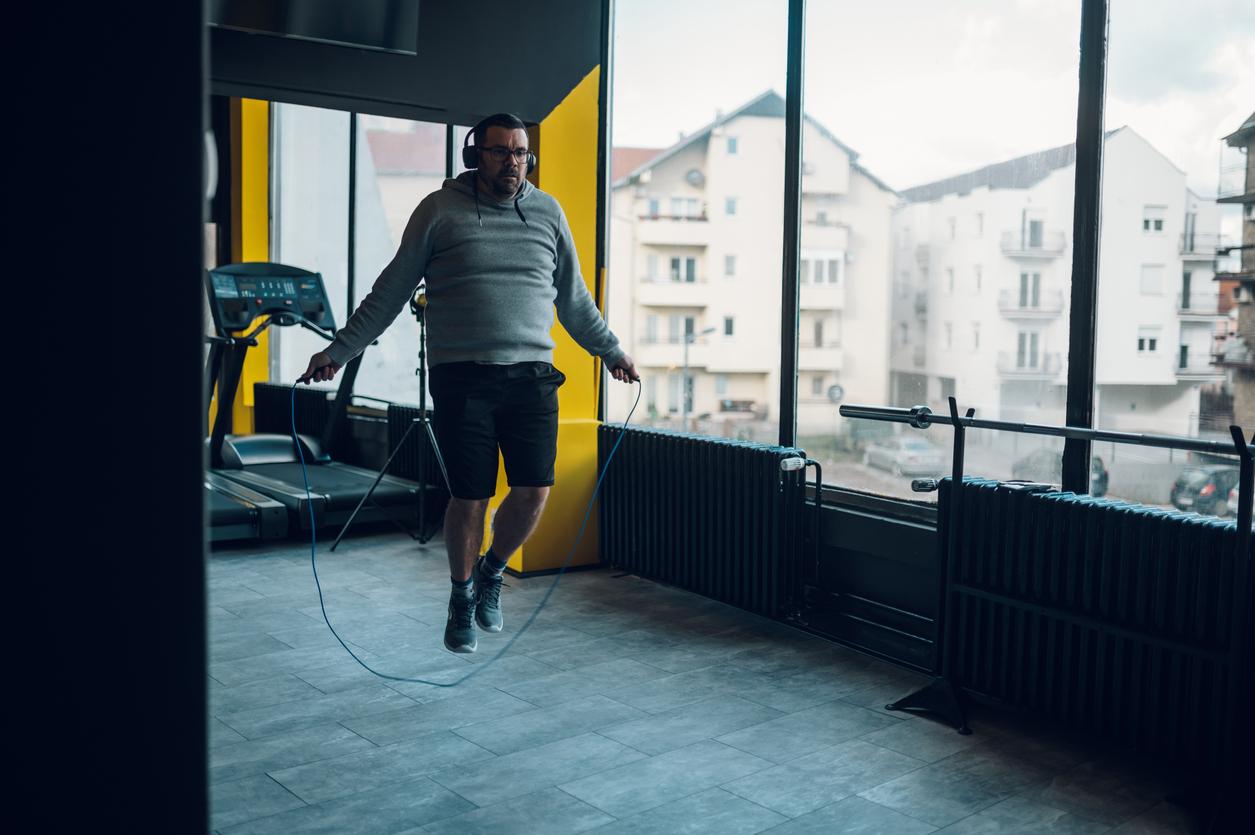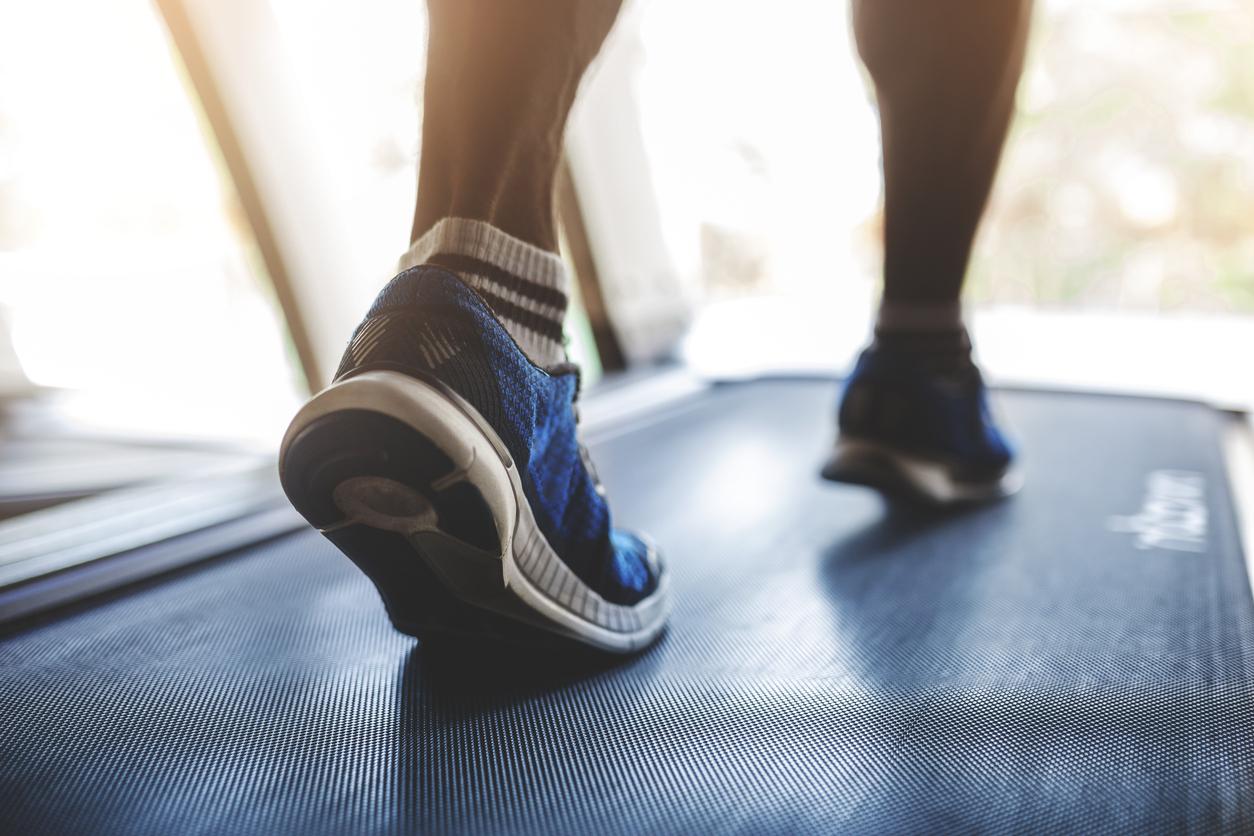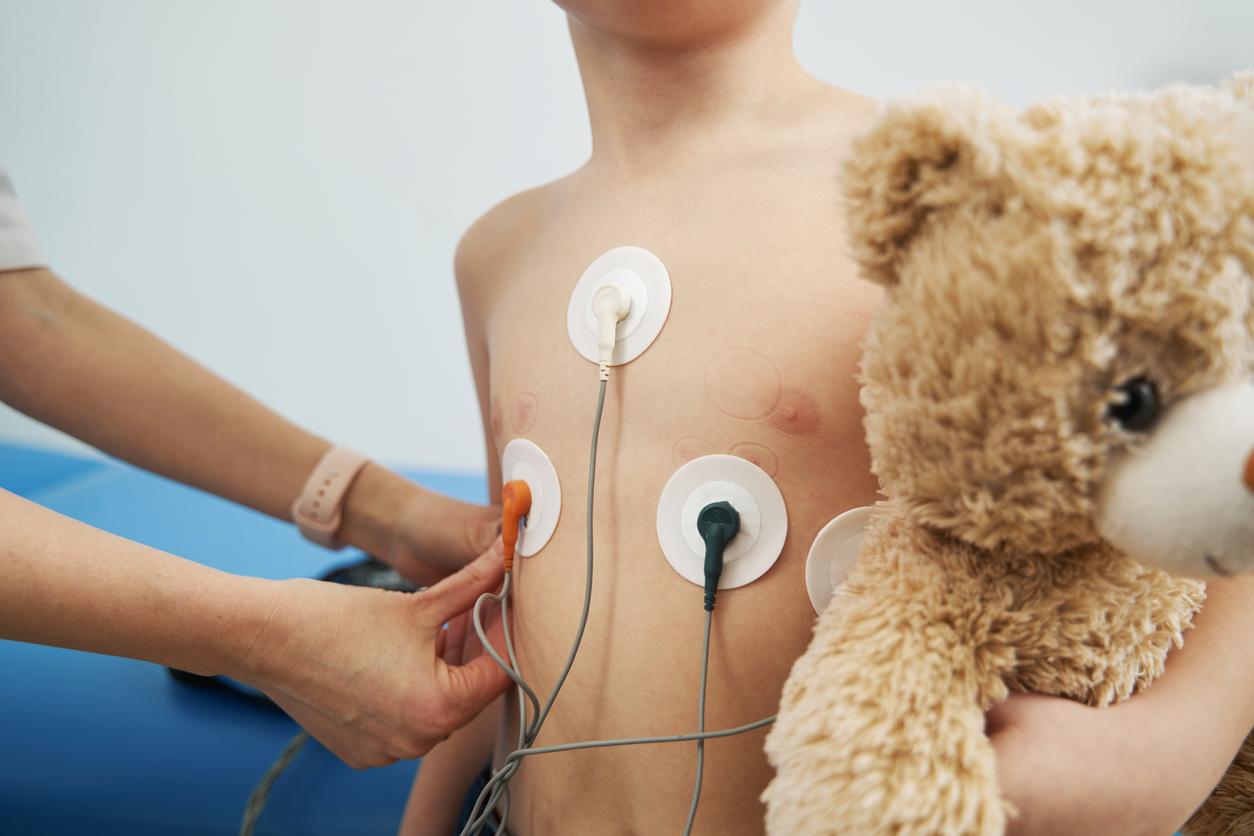Holidays are the perfect time to relax and enjoy outdoor physical activities. However, minor sports injuries can quickly ruin these moments of pleasure. How can you prevent injuries and avoid aches and pains?
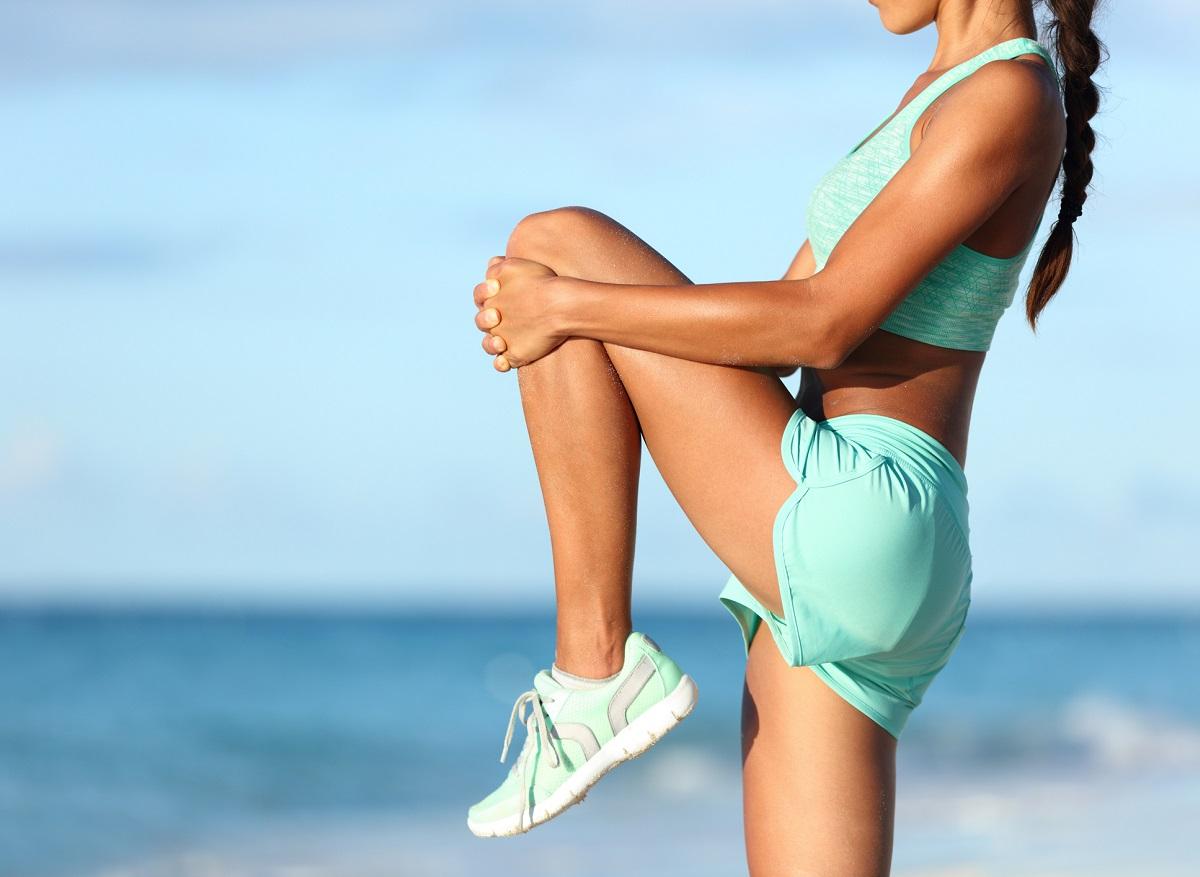
- Common sports injuries can often be prevented with proper preparation and safe practices.
- Stretching, hydration and proper equipment play a crucial role in injury prevention.
- In case of injury, proper care and rest are essential for a quick recovery.
During the holidays, many people take advantage of their free time to engage in various physical activities, whether it is hiking, cycling, swimming or beach sports. However, a sudden increase in physical activity can lead to injuries if certain precautions are not taken. Here’s how to avoid injuries and ensure a pleasant and pain-free experience.
Physical preparation and warm-up
Before engaging in any physical activity, proper preparation is essential. Warming up helps prepare muscles and joints for the effort, reducing the risk of injury. Here are some tips for a good warm-up:
- Dynamic stretching: Perform movements like arm and leg swings, lunges, and squats to gradually increase body temperature and muscle flexibility.
- Gradual progression: Start the activity at a moderate pace before increasing the intensity. This allows the body to gradually adapt to the effort.
Hydration and nutrition
Adequate hydration is crucial to avoid cramps and dehydration, especially during intense activities and in hot climates. Here are some tips:
- Drink regularly: Drink water before, during and after exercise. About 500 ml of water two hours before activity, and continue to drink every 20 minutes during exercise.
- Avoid sugary drinks: Drinks that are too sugary can cause blood sugar spikes and discomfort. Choose water or isotonic drinks in case of prolonged exercise.
- Balanced diet: A diet rich in complex carbohydrates, proteins and healthy fats provides the energy needed for physical activities. Fresh fruits and vegetables also help maintain a good level of vitamins and minerals.
Appropriate equipment
Equipment plays a crucial role in preventing injuries. Wearing suitable footwear, using protection and checking the condition of the equipment is essential:
- Sports shoes: Choose shoes that are appropriate for the activity you are doing (running, hiking, racket sports) and make sure they are in good condition and fit well.
- Protection: For high-risk sports (cycling, skateboarding, rollerblading), wear helmets, knee pads and elbow pads to protect vulnerable areas.
- Clothing: Wear comfortable, breathable clothing that allows good range of movement and prevents irritation.
Techniques and postures
Adopting the correct techniques and postures during physical activity can prevent many injuries:
- Learning Techniques: Take the time to learn the correct technique for each activity. For example, poor running technique can lead to knee and ankle injuries.
- Posture: Maintain correct posture to avoid muscle strain and injury. A straight back and properly aligned joints are essential for all activities.
Minor sports ailments: prevention and treatment
- Sprains and Strains: Sprains and strains are common and often occur as a result of excessive twisting of joints. To prevent these injuries, be sure to warm up properly and use proper supports if you have a history of injuries. If you have a sprain, use the RICE (Rest, Ice, Compression, Elevation) method to reduce pain and inflammation.
- Muscle aches and pains: Muscle aches often occur after intense or unusual physical activity. To prevent them, gradually increase the intensity of the exercise and stretch after training. To relieve muscle aches, rest and apply warm compresses.
- Blisters and irritation: Blisters can be prevented by wearing well-fitting shoes and breathable socks. If a blister occurs, clean the area and apply a bandage to protect the skin.
- Cramp: Muscle cramps are often caused by dehydration or electrolyte imbalance. Drink plenty of water and make sure you have adequate intake of minerals like potassium and magnesium.
- Heatstroke: During outdoor activities in a hot climate, the risk of heatstroke increases. Wear light clothing, drink regularly and take breaks in the shade. In case of heatstroke, cool the body immediately with cool water and consult a doctor.
Rest and recovery
Rest is an integral part of any physical activity program. Lack of rest can lead to chronic fatigue and increase the risk of injury:
- Rest Days: Incorporate rest days into your exercise program to allow muscles to recover and strengthen.
- Sleep: Quality sleep is crucial for muscle recovery and tissue repair. Make sure you get enough sleep every night.
By following these tips, you can minimize the risk of injury and fully enjoy your physical activities during the holidays. The key is to be well prepared, stay hydrated, use appropriate equipment and adopt the right techniques. Remember that rest and recovery are just as important as the activity itself. Enjoy your active holiday safely and keep smiling all summer long!









